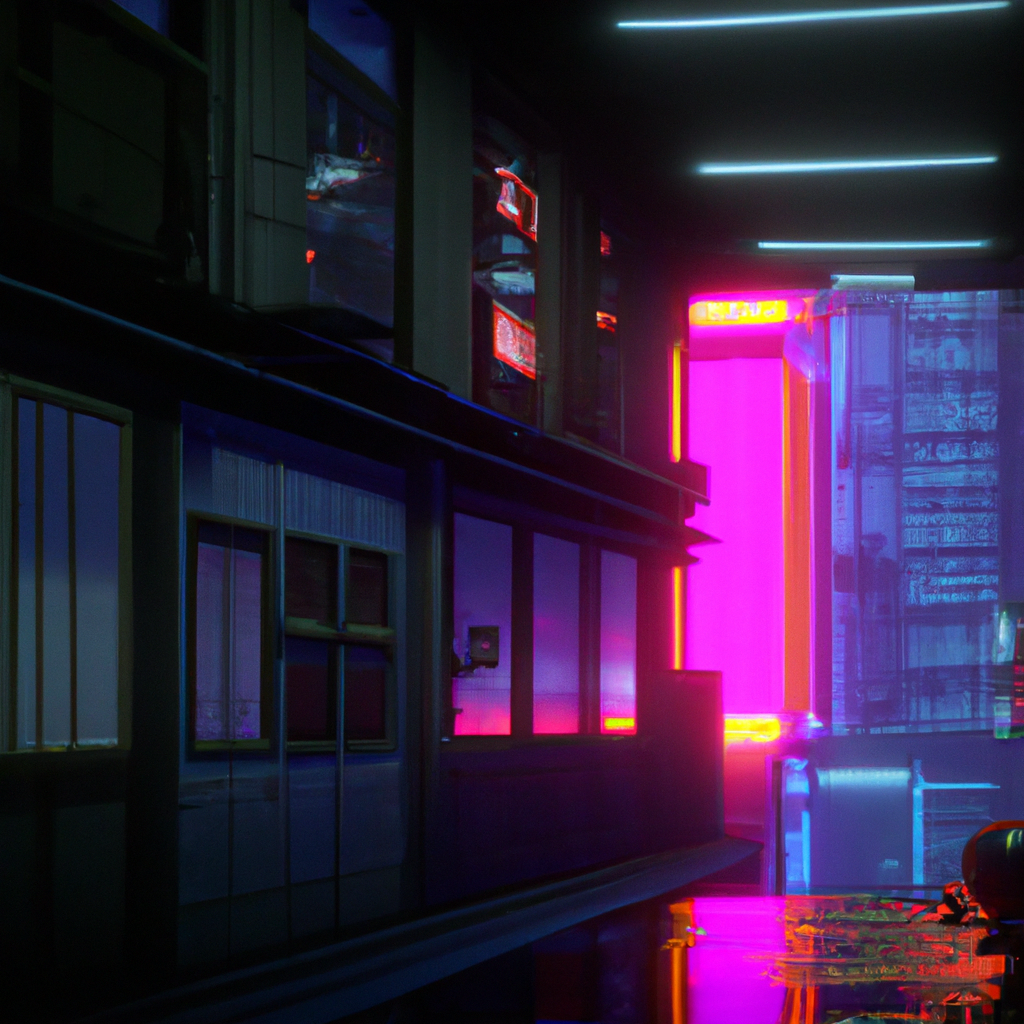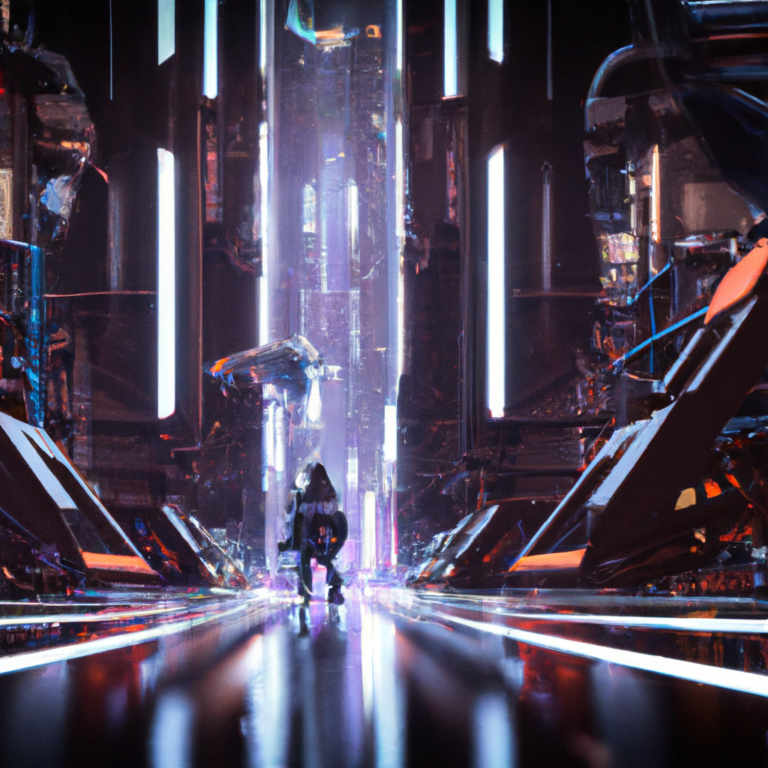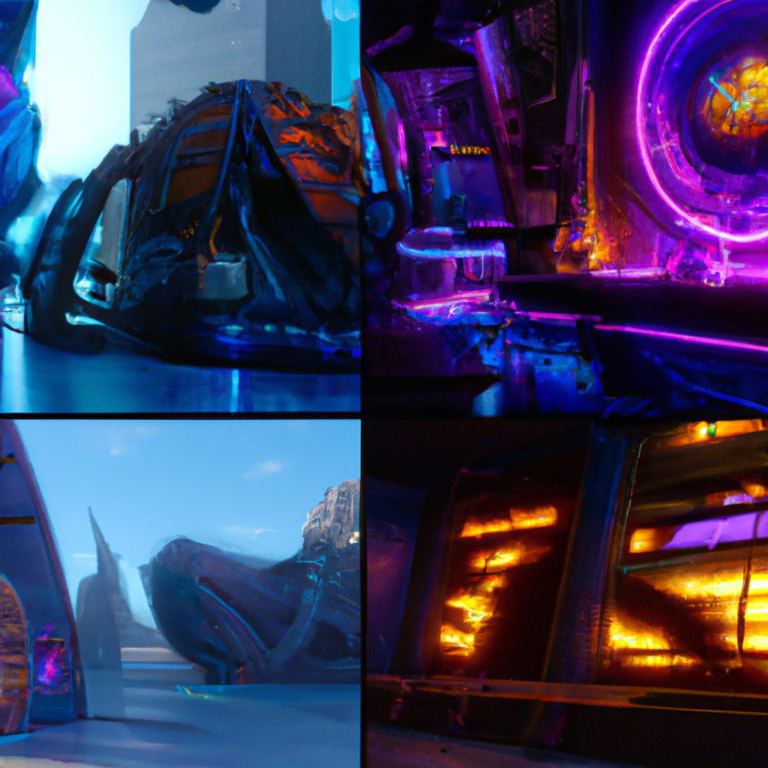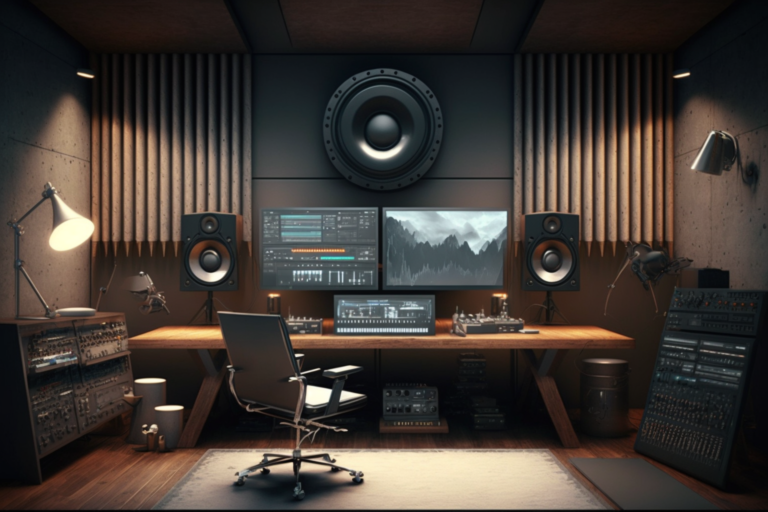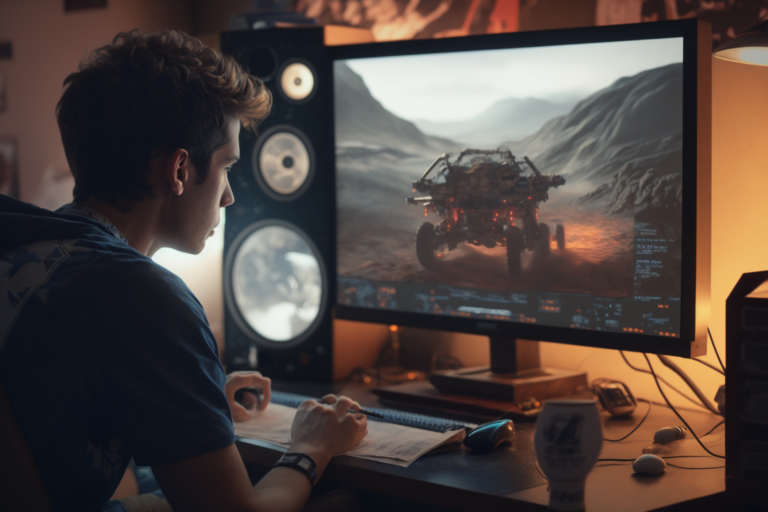“Rekindling the Past: The Art of Nostalgia Development in Retro Gaming”
Nostalgia development in games and retro
Nostalgia is a powerful emotion that can evoke fond memories and transport us back to the “good old days.” In the gaming industry, nostalgia has played a significant role in driving many aspects of the market, from game development to console design. Retro gaming, as it’s often called, is the love for and the return to the classic video games of the past. This phenomenon has been gaining momentum in recent years, and in this blog post, we will explore the various aspects of nostalgia development in games and retro.
The Rise of Nostalgia-Driven Games
The past decade has seen an increasing number of game developers looking to the past for inspiration. This trend is visible across all gaming platforms, from mobile to console to PC. The reasons behind this development can be varied. One reason for the rise of nostalgia-driven games is that the developers themselves grew up playing these classic games and have deep-rooted memories and experiences associated with them. As a result, these developers are now in positions where they can create games that pay homage to their childhood favorites.
Another reason for the increasing popularity of nostalgia-driven games is the desire to return to simpler gameplay mechanics. Modern video games can be complex, with intricate storylines and vast open-world environments. However, this complexity is not always a positive aspect, as games can feel overwhelming and lack the charm of the classic titles that were easier to pick up and play.
As more and more gamers are part of a generation that grew up with the classics, the demand for nostalgia-driven games has spiked. This trend has led to the development of several successful games that bank heavily on nostalgia. Examples include:
– Shovel Knight: A game that pays tribute to the 8-bit era, with its pixel art graphics and platforming gameplay reminiscent of the early Mega Man games.
– Sonic Mania: Developed as a love letter to the 16-bit era, Sonic Mania brings back classic gameplay and level design, and revitalizes the franchise to its former glory.
– The Legend of Zelda: A Link Between Worlds: A direct sequel to the 1992 game The Legend of Zelda: A Link to the Past, this game was praised for its nostalgic visual style and gameplay mechanics that stayed true to its predecessor.
Retro Console Revivals
Alongside the growth of nostalgia-driven games, we’ve also seen several classic gaming consoles being revived, often in miniature form. These retro consoles come pre-loaded with a selection of classic games and are designed to appeal to both long-time fans and newcomers. Examples include:
– Nintendo Entertainment System (NES) Classic Edition
– Super Nintendo Entertainment System (SNES) Classic Edition
– Sega Genesis Mini
These mini consoles provide an authentic gaming experience that replicates the original hardware, allowing gamers to relive their childhood memories and introduce a new generation to the classic titles.
The Power of Nostalgia in Gaming
Nostalgia is a compelling force in the world of gaming, and it’s not just limited to game development and console revivals. The power of nostalgia extends to game collecting, with the demand for original cartridges and consoles increasing. Furthermore, events and expos celebrating retro gaming have gained traction in recent years, with fans coming together to share their love for these classic titles.
In conclusion, nostalgia-driven games and retro gaming have become an integral part of the gaming industry. The power of nostalgia has led to a resurgence of interest in classic games, spurring the development of new games inspired by the past and the revival of iconic consoles. As long as people continue to have fond memories of the games they grew up with, nostalgia will remain a driving force in the gaming industry.

